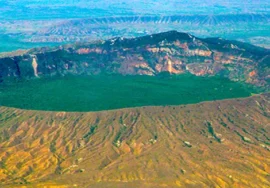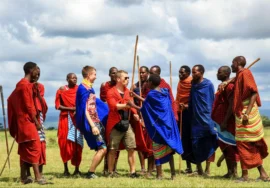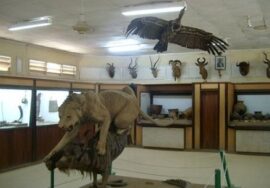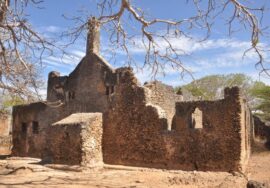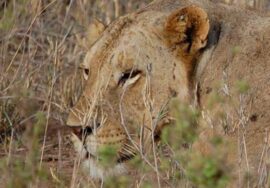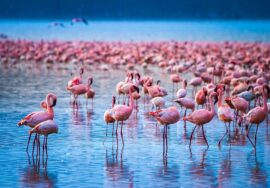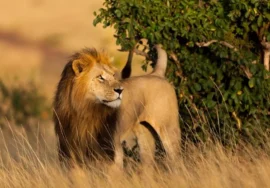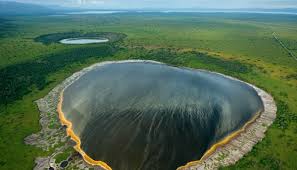
Marsabit National Park Destination Guide
Marsabit National Park Destination Guide, Kenya’s Marsabit National Park is a safe place for big bull elephants, many kinds of birds, and snakes. It is a slice of green in the middle of a dry landscape and has many interesting natural features.
People became aware of Marsabit National Park in the 1970s because it was home to many elephants with the biggest tusks in Africa. Ahmed was the name of one of the old Bulls who was watched 24 hours a day by order of the president. It was found that his tusks weighed more than 300 kg when he died. People still come to the park to see the elephants and their huge tusks.
The Way to Get to Marsabit National Park
It takes 560 kilometers to get from Nairobi to Marsabit National Park. Both Nanyuki and Isiolo can be used to get to the Park. Up to Merille, the road is paved, and work is set to continue all the way to Moyale, which is on the border with Ethiopia. The road from Merille to Marsabit is still pretty bad, so you should bring a car with four-wheel drive.
Airfield: There is a good paved airstrip right next to Marsabit National Park.
Activities and Attractions
Elephants with big tusks live in the park, which is best known for them.
Check out the rare Grevy’s zebra.
A lot of different kinds of birds live in Paradise Lake.
The singing wells are places where people from the area go to get water.
We tell you what to do in Marsabit National Park. You can go on game drives, camel treks, and to the singing wells. Camel tours can be set up in and around the park.
What It Was Like
In this dry, dusty part of Kenya, Marsabit National Park is a bright spot of green. In the middle of the park is an extinct volcano. Its height provides a microclimate that supports a large area of native forest, which in turn supports a wide range of animals. Mountain forest gets its water from thick mist that forms overnight when hot air rises from the desert and cools. Most of the time, the mist lasts until late morning.
Animals like Elephants, Rhinos, Lions, Buffalo, and Leopard live in the forest. The bad thing about Marsabit is that the bush is so thick that it’s hard to see animals. If you can wait, though, it can be very worth it. The most beautiful Greater Kudu Antelope, as well as the rare Grevy’s Zebra and Reticulated Giraffe, live in the Park.
There are a lot of dead volcanoes in the park. They are called Gofs. Gof Sokorte Guda is one of the biggest, and Lake Paradise is at the bottom of it. There are beautiful forests around the lake, and birdwatching is great. The rare Lammergeyer Vulture lives there, and the area is famous for the variety of butterfly species that live there.
Places to Stay in Marsabit National Park
Marsabit National Park has some simple camping, and the town of Marsabit has hotels.
The weather
July through October is very hot and dry, and November through December are warm and wet. January through March are hot and dry, and April through June are hot and wet.


